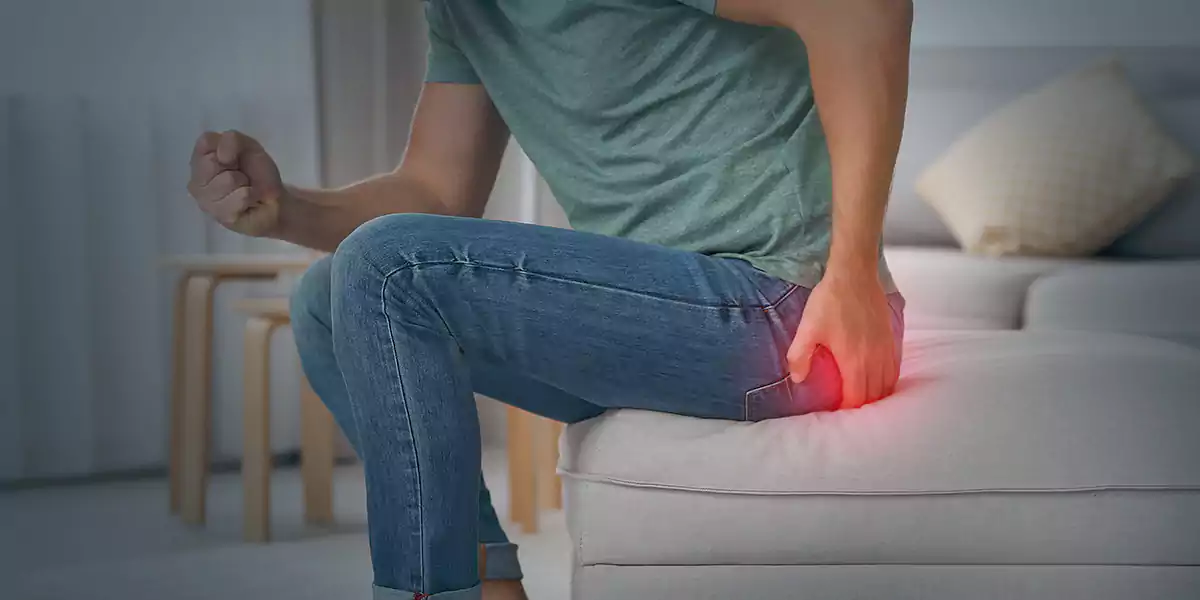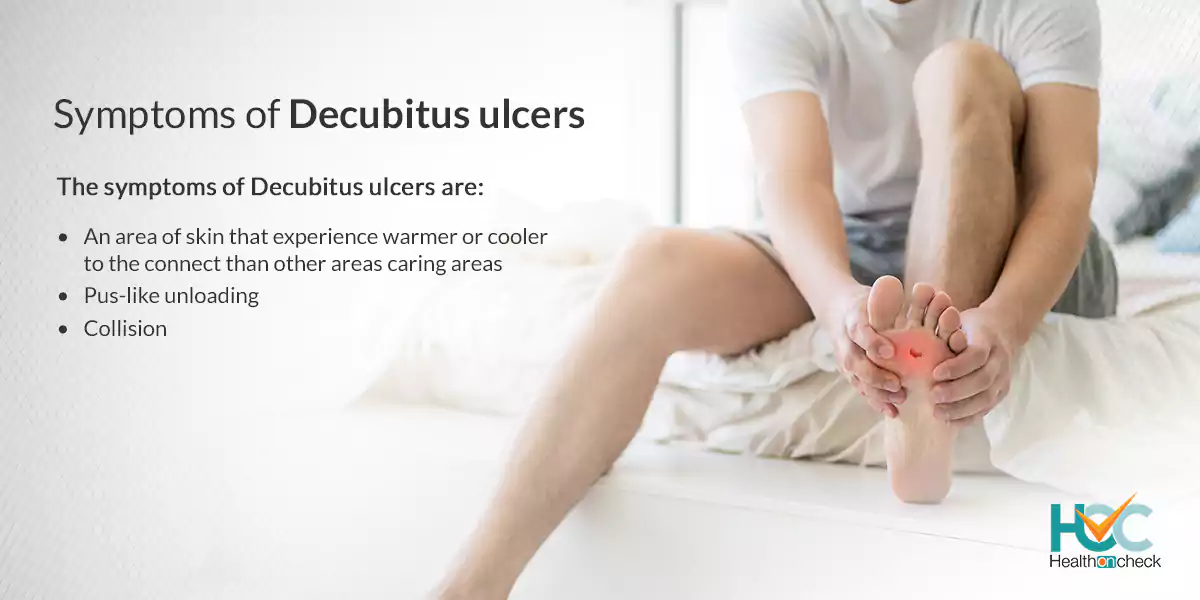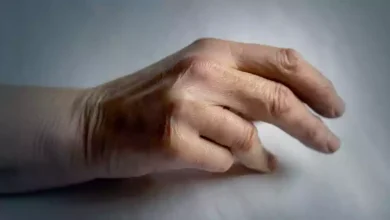All about Decubitus Ulcers

What is Decubitus Ulcers?
Decubitus ulcers also known as bedsores is a condition where the skin gets injuries because of pressure on the skin for a long time. Decubitus ulcers can grow in hours or days. Though it can be cured with treatment, but some can never get healed totally. Decubitus ulcers mostly occur on the skin area that covers the bones of the body, including the heels, ankles, hips, and tailbone. People who spend most of their time in a bed or chair are at higher risk of developing Decubitus ulcers and limit their capability to change positions and it mostly leads to wounds and ulcers that are painful. If not treated properly then the wounds or ulcers can become larger which can cause infections. In some instances, can even be life-threatening.
What are the Types of Decubitus ulcers?
Decubitus ulcers have four stages which are:
Stage I: In the first stage, the skin is not yet broken, but a sore will develop a red coloured mark and when you touch it you will either feel cool or warm but it’s not necessary that it will be painful. For people whose skin colour is dark, the colour of the sore may be ashen or purple instead of red.
Stage II: The decubitus ulcers will develop as an open wound. The outer layer of skin will be discarded or damaged and the dermis might be showing damaged also. It will normally be red or pink in colour and shallow.
Stage III: After reaching the third stage the decubitus ulcers will become quite deep. Skin loss will be severe and may show fat also. There will be a deep sore and inside the skin, the sore will either be dead or yellow in colour.
Stage IV: Stage four is the worst type of decubitus ulcer. It may lead to loss of tissue along with tendons and muscles. At this point, the bone will begin to show via the ulcer sore itself and necrosis might develop.
After reaching this stage the risk of a life-threatening infection becomes quite high.
What are the Symptoms of Decubitus ulcers?
The symptoms of Decubitus ulcers are:
- Uncommon changes in appearance or skin colour
- Collision
- Pus-like unloading
- An area of skin that experience warmer or cooler to the connect than other areas
- caring areas

Bedsores drop into one of the various stages that are based on their drop, seriousness, and other features. The level of substances and skin harm scale from changes in epidermis colour to a huge injury requiring bone and muscle.
What Causes Decubitus ulcers?
Pressure: Continuous pressure on every part of your body can reduce blood flow. Blood flow is necessary for distributing other nutrients to tissues and oxygen. Without these important skin, nutrients and neighbouring tissues are harmed and also may lead to death. For people with bounded mobility, this type of pressure tends to occur in places that cannot be well stuffed with fat or muscle and that lie over a bone, Including the elbows, heels, hips, shoulder blades, tailbone, and spine.
Friction:Friction happens when the skin rubs as opposed to bedding or clothing. It might make weak skin more unprotected from injury, particularly even if the skin is damp.
Shear: Shear happens when two surfaces move in the opposite direction. For instance, when a bed is raised at the head, you may slide down in bed. When the tailbone goes down, the skin above the bone may get positioned in place — importantly tugging in the opposite direction.
What are The Risk Factors of Decubitus ulcers?
The risk factors of Decubitus ulcers include:
Immobility: Your body will face the problem of immobility and it may be because of bad health, injury in the spinal cord, and other conditions.

What is Decubitus Ulcers?
Skin becomes more unsafe with prolonged exposure to stool and urine.
Sensory perception becoming weak: Conditions like injury in the spinal cord, neurological disorders, and other problems can lead to a loss of sensation. You will not be able to feel pain or discomfort because of which you will be not able to get aware of warning signs and the requirement to shift positions.
Lack of nutrition and hydration: It’s very important for people to have fluids, calories, protein, vitamins, and minerals daily to maintain healthy skin and avert the breakdown of tissues.
Medical disorders affecting blood flow: Health-related issues such as diabetes and vascular disease can affect blood flow and may lead to an increase in the risk of damaged tissue like decubitus ulcers.
What are the Complications of Decubitus ulcers?
The complications of Decubitus ulcers are
Cellulitis: An infection of the skin and connected soft tissues is known as cellulitis and can create conditions such as warmth, inflammation, and swelling of the infected areas of the body. Those who have the problem of nerve damage usually are not able to feel pain in the places affected by cellulitis.
Bone and joint infections:
Infection because of pressure sore can spread into bones and joints. and can harm cartilage and tissue. Infections in bone decrease the main functions of joints and limbs.
Cancer: If the condition is becoming long with nonhealing wounds it can develop into a type of squamous cell carcinoma, a type of cancer.
How Decubitus ulcers is Diagnosed?
If you notice signs and symptoms of decubitus ulcers then consult a wound specialist to diagnose the condition. Healthcare providers diagnose and stage bedsores based on their appearance. Your provider will photograph the sore to monitor wound healing. Then he will closely look at your skin to examine whether you have a pressure ulcer and, if it’s decubitus ulcers then he will allocate a stage to the wound. Staging helps in determining the best treatment for you.
Your doctor may prescribe some tests to check for infections, like:
- Blood cultures and tests.
- Biopsies.
- Blood cultures and tests.
- X-rays or MRIs.
What are the Treatment Options Available for Decubitus Ulcers?
The treatment of decubitus ulcers starts with decreasing the pressure on areas that are affected, dressing the wounds, pain control, preventing infections, and having a healthy diet.
To reduce the pressure following methods are used:
Repositioning: If you have bedsore, Try to turn and change your position regularly if you have decubitus ulcers. How frequently you reposition is based on your condition and the quality of the place you are sleeping or sitting.
Using support surfaces: Always use a bed, mattress, and special cushions that aid you to sit or lie in a way so that it can prevent affecting the vulnerable parts of the skin.
You shall also regularly clean and dress the wounds by
Cleaning: If case the affected skin isn’t damaged, use a gentle cleanser and wash it and then dry it. Open sores should be cleaned with water or saline each time you changed the dressing.
Use Bandage: Using a bandage fastens the healing process by keeping the wound moist. It also protects against infection and keeps neighbouring skin dry. Bandage choices include a combination of dressings with things such as films, gauzes, gels, foams, and treated coverings.
After the above-mentioned procedures, a wound specialist or nurse will remove damaged tissue by lightly flushing the sure/wound with water or removing the damaged tissue.
Medicines such as ibuprofen (Advil, Motrin IB, others) and naproxen sodium (Aleve) are given to reduce the pain and help cure the wound. Also, a healthy diet is recommended to heal wounds.
Surgery: If other treatments are not working then surgery might be required to heal the decubitus ulcers. One process of surgical repair is to use a pad of your skin, muscle, or other tissue to cover the wound and cushion the bones which are affected.
Living with Decubitus Ulcers?
People suffering from decubitus ulcers bedsores may feel uncomfortable, in pain, depressed, or may get socially isolated. Follow the pieces of advice and treatments referred by your doctor. Share your feelings with close friends and family members as it may help in dealing with stressful health situations.
Whom to consult
If you feel symptoms of decubitus ulcers, then immediately change your position to relieve the pressure on that particular area. If there is no improvement in a day or two then consult your doctor. Also go for medical care if you notice signs of infection, like fever, drainage from a sore, a smelling sore, changes in skin colour along with warmth or swelling neat a sore.




